WordPress Premium Plugin
In the rapidly evolving digital landscape, having a powerful website that stands out is essential for any business or individual. A WordPress Premium Plugin can be a game-changer, offering advanced functionalities that enhance your site’s performance, user experience, and overall effectiveness. Whether you’re aiming to improve SEO, boost engagement, or streamline site management, a premium plugin serves as a valuable tool tailored to meet your specific needs. In this article, we’ll delve into the numerous benefits of choosing a WordPress Premium Plugin, provide guidance on selecting the ideal one for your website, and explore essential features, installation processes, and troubleshooting tips. Join us as we unlock the potential of premium plugins and maximize your website’s capabilities for success.
Understanding The Benefits Of A WordPress Premium Plugin
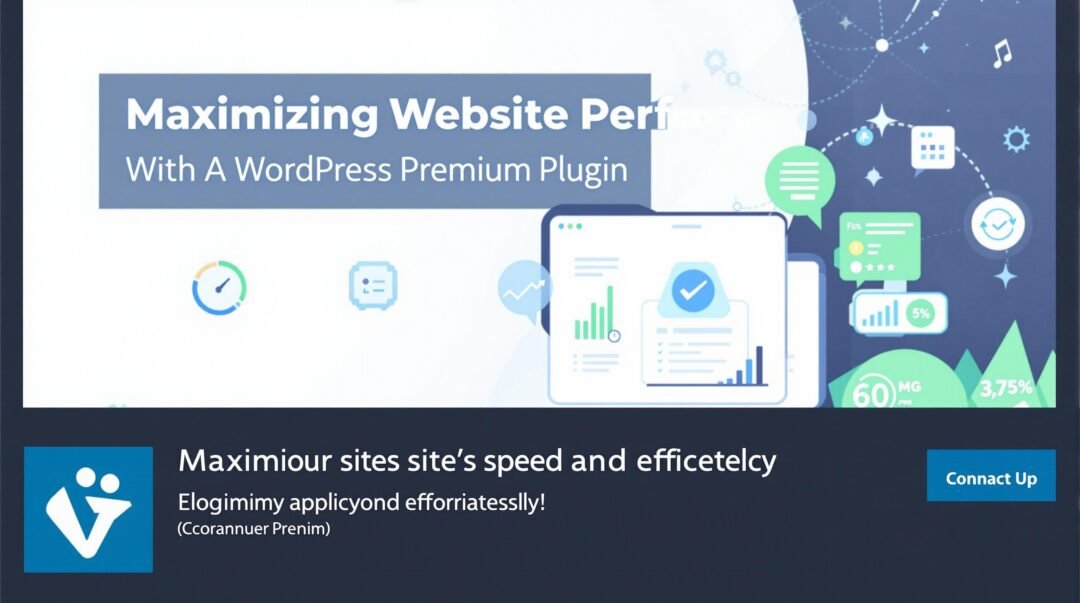
When considering enhancements for your website, opting for a WordPress Premium Plugin can significantly impact your site’s functionality and performance. Here are some of the key benefits:
- Enhanced Functionality: Premium plugins often offer features that free versions lack. You can access advanced functionalities that may be essential for your specific needs.
- Regular Updates: Premium plugins typically receive regular updates to ensure compatibility with the latest WordPress releases. This enhances security and allows you to leverage new features and improvements.
- Dedicated Support: One of the major advantages of investing in a WordPress Premium Plugin is the access to dedicated customer support. This can be invaluable when you encounter issues or have questions regarding setup and usage.
- Better Security: Premium plugins often come with better security measures compared to free alternatives. They are less likely to be vulnerable to exploits and are maintained better by their developers.
- Customization Options: Many premium plugins come with extensive customization options, allowing you to tailor functionalities specifically to your needs and enhance the user experience.
- User Community and Documentation: A good premium plugin usually has extensive documentation and a community of users, providing resources for troubleshooting and optimization.
Investing in a WordPress Premium Plugin can prove to be beneficial for your website’s performance, security, and overall user experience. The advantages that come with these premium options offer tangible improvements that can make a significant difference in your website’s success.
How To Choose The Right WordPress Premium Plugin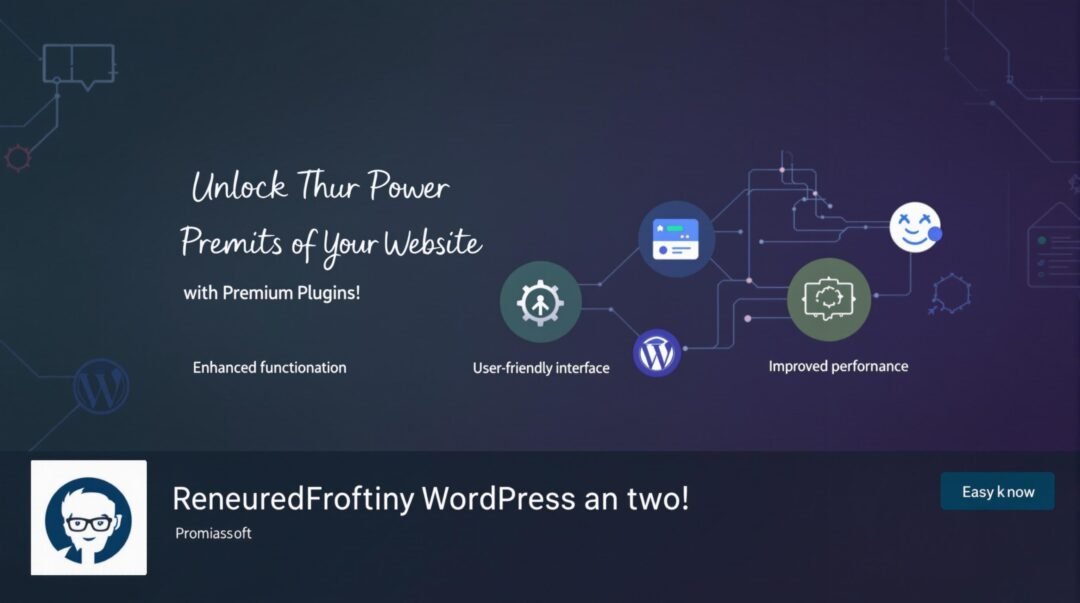
Choosing the right WordPress Premium Plugin can significantly impact your website’s functionality, performance, and overall success. Here are some key factors to consider when making your choice:
| Factor | Considerations |
|---|---|
| Purpose | Identify the specific needs of your website. Are you looking for SEO enhancement, security improvements, or e-commerce functionality? |
| Compatibility | Ensure that the plugin is compatible with your current WordPress version and other plugins you have installed. |
| User Reviews | Check user ratings and reviews to gauge the reliability and effectiveness of the WordPress Premium Plugin. |
| Support and Updates | Evaluate the developer’s support options and the frequency of updates to ensure ongoing performance and security. |
| Price vs. Value | Consider if the features and benefits offered justify the price. Look for any hidden costs associated with the plugin. |
In addition to these factors, it’s beneficial to take advantage of trial periods or free versions if available, allowing you to evaluate the plugin’s effectiveness in a real-world setting before committing to a purchase. Ultimately, choosing the right WordPress Premium Plugin requires a balance between functionality, usability, and budget considerations.
Top Features To Look For In A WordPress Premium Plugin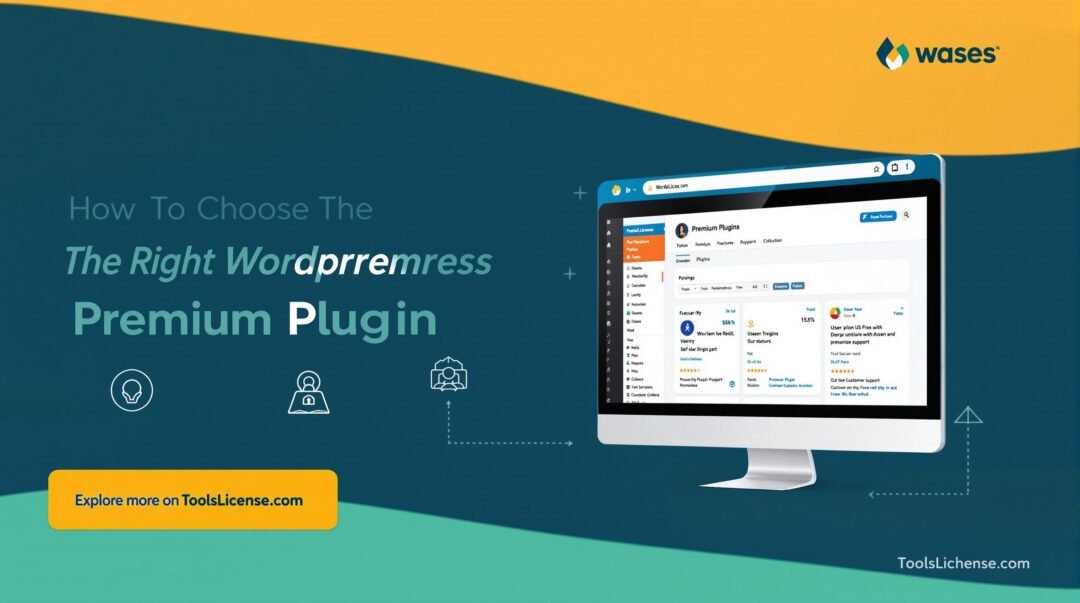
When selecting a WordPress Premium Plugin, it’s essential to identify the key features that will enhance your website’s functionality and user experience. Here are some important features to consider:
- User-Friendly Interface: A good plugin should have an intuitive interface, making it easy for both beginners and experienced users to navigate and utilize its features effectively.
- Regular Updates: Ensure the plugin receives frequent updates from the developer. This not only adds new features but also ensures compatibility with the latest version of WordPress and security patches.
- Responsive Support: Check if the plugin comes with reliable customer support. Access to prompt assistance can save you time and trouble if you encounter any issues.
- Comprehensive Documentation: High-quality documentation is essential for understanding how to use the plugin effectively. Look for clear guides, FAQs, and video tutorials.
- SEO Optimization: A top-notch WordPress Premium Plugin should include built-in SEO features or be compatible with popular SEO plugins to help improve your website’s visibility in search engines.
- Customization Options: The ability to customize the plugin’s settings allows users to tailor its functionality to meet specific needs, thus enhancing the overall experience.
- Performance Performance: Choose plugins that are lightweight and optimized for speed to prevent them from slowing down your website.
- Compatibility: Ensure the plugin is compatible with other tools and themes you may be using on your website to avoid conflicts.
- Reviews and Ratings: Research user reviews and ratings. A well-reviewed plugin is typically more reliable and efficient.
- Trial Version: If available, consider using a trial version of the plugin before committing to a purchase to assess its features and performance.
By focusing on these features, you can select the right WordPress Premium Plugin that will efficiently cater to your website’s requirements and enhance its overall functionality.
Installing And Configuring Your WordPress Premium Plugin
Once you’ve chosen the right WordPress Premium Plugin for your website, the next step is to install and configure it properly to ensure it functions optimally. Here’s a step-by-step guide to get you started:
- Download the Plugin: Begin by downloading the plugin file from a reputable source or the official WordPress plugin repository. Ensure that you have the latest version to take advantage of new features and security updates.
- Upload the Plugin: Log into your WordPress dashboard, navigate to the ‘Plugins’ section, and click on ‘Add New.’ Here, select the ‘Upload Plugin’ option. Click ‘Choose File’, then browse to the location where you saved the plugin file on your computer, and select it. Finally, click ‘Install Now’.
- Activate the Plugin: After the installation is completed, you will see an activation link. Click on ‘Activate Plugin’ to enable it on your website.
- Configure the Settings: Most WordPress Premium Plugins come with their own configuration settings. Locate the newly added menu item in your dashboard or the plugin settings under ‘Settings.’ Review and customize the options according to your website’s needs. This may involve setting up APIs, entering license keys, or adjusting various functionality settings.
- Test the Plugin: Once configured, it is crucial to check whether the plugin is working correctly. Visit your website, and conduct tests to ensure all features are functioning as intended. It’s also wise to check for any conflicts with other installed plugins or theme elements.
Following these steps will help you successfully install and configure your WordPress Premium Plugin, enhancing your site’s performance and functionality. Remember to keep your plugins updated regularly for optimal performance and security.
Common Issues With WordPress Premium Plugins And Solutions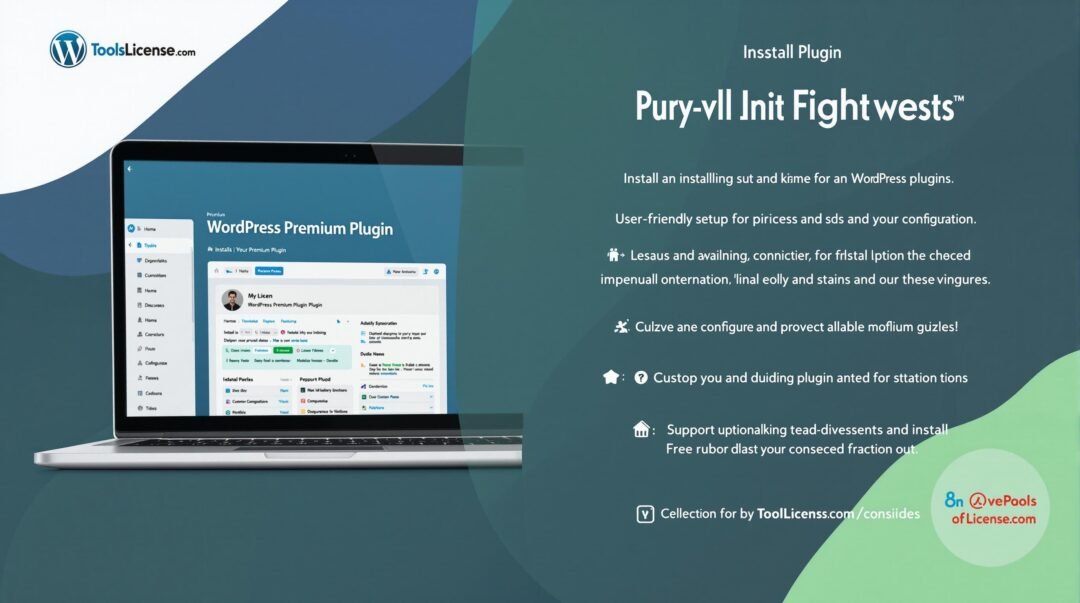
While WordPress Premium Plugins offer a range of features and functionality, users might encounter issues from time to time. Below are some common problems associated with WordPress Premium Plugins and their effective solutions.
1. Compatibility Issues
Often, plugins may conflict with existing themes or other plugins. This can lead to site errors or a broken layout.
Solution: Always check for compatibility before installation. Look for plugin reviews and ensure all updates are made regularly.
2. Performance Slowdown
Some premium plugins can be resource-heavy, leading to a slowdown in website performance.
Solution: Regularly monitor your site’s speed using tools like GTmetrix or Google PageSpeed Insights. Consider alternatives or deactivate plugins that significantly hinder performance.
3. Update Problems
Sometimes, updating a WordPress Premium Plugin can cause functionality issues, leading to errors on your site.
Solution: Before updating, back up your site. Test updates in a staging environment to catch any issues before going live.
4. Security Vulnerabilities
While premium plugins generally offer better support and security, vulnerabilities can still arise, especially if not kept up to date.
Solution: Ensure your plugins are regularly updated and check for any reported security issues. Use security plugins to scan for vulnerabilities.
5. License Activation Problems
Users might face challenges activating their premium plugin licenses, leading to limited access to updates and support.
Solution: Verify your purchase details and consult the plugin’s support documentation for activation steps. Contact support if problems persist.
6. Limited Support
Even premium plugins may have varying levels of support, which can be frustrating for users who face issues.
Solution: Research support options before purchasing. Look for detailed documentation or active community forums as extra resources.
By being aware of these common issues and implementing the outlined solutions, users can maximize their experience with WordPress Premium Plugins. Staying proactive will ensure a smoother website management journey.
Maximizing Website Performance With A WordPress Premium Plugin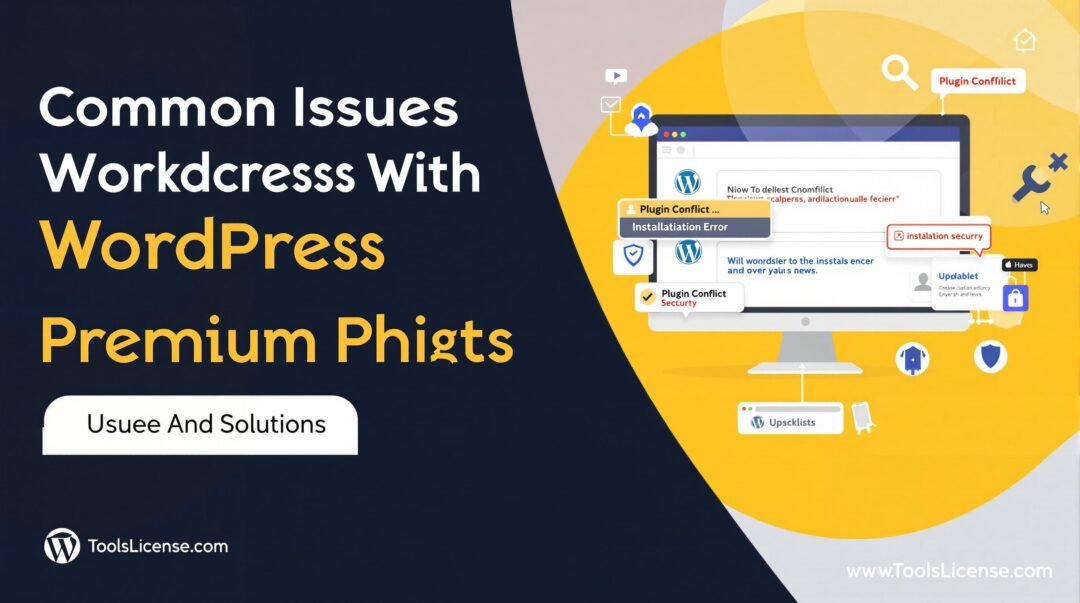
Enhancing website performance is crucial for improving user experience, reducing bounce rates, and boosting search engine rankings. Using a WordPress Premium Plugin can significantly impact how your site performs. Here are some ways to maximize your website’s performance with these premium tools:
- Optimize Images: Premium plugins often come with advanced image optimization features that reduce file sizes without sacrificing quality, leading to faster load times.
- Enable Caching: Many premium plugins offer caching capabilities that store static versions of your pages. This speeds up content delivery to visitors significantly.
- Minify CSS and JavaScript: A good premium plugin can minify CSS and JS files, making them smaller and quicker for browsers to load, which helps in faster page rendering.
- CDN Integration: Premium plugins often support integration with Content Delivery Networks (CDNs), which distribute your content globally, lowering latency and improving load times for users regardless of their location.
- Database Optimization: Regularly cleaning up your database can make a noticeable difference in your site’s performance. Many premium plugins provide tools for optimizing your database efficiently.
- Regular Updates: Premium plugins are generally updated more regularly than free versions, ensuring compatibility with the latest WordPress releases and best practices for performance enhancement.
- Advanced Analytics: Some premium plugins offer detailed performance reports and metrics to help you understand user behavior, enabling you to make data-driven decisions to further enhance performance.
By taking advantage of these features in a WordPress Premium Plugin, you can ensure that your website remains fast, responsive, and user-friendly, ultimately leading to a better overall experience for your visitors.
Frequently Asked Questions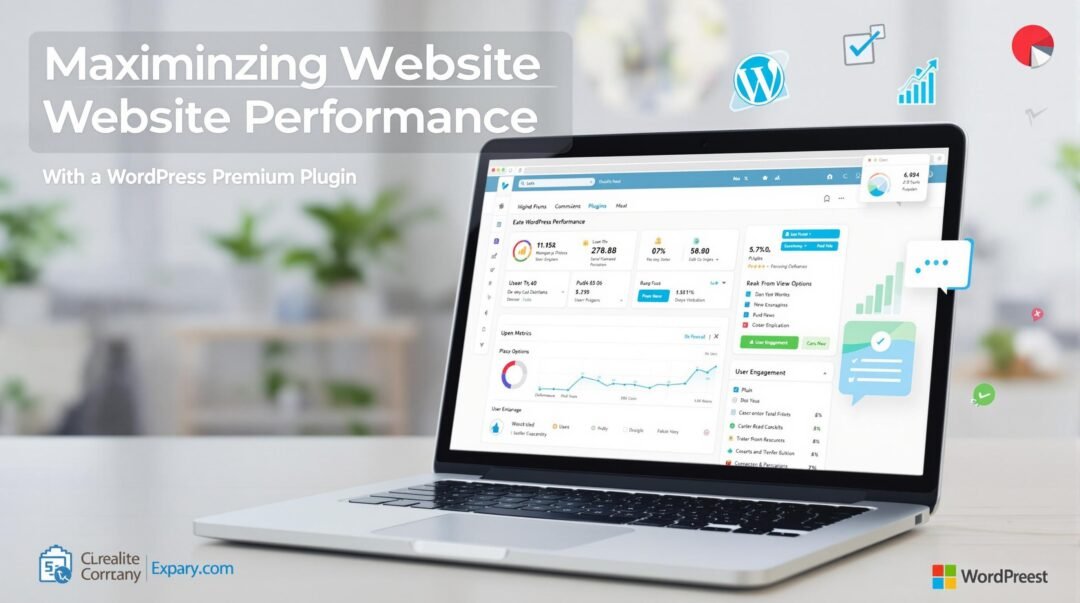
What is a WordPress premium plugin?
A WordPress premium plugin is a paid add-on that enhances the functionality of a WordPress site, providing advanced features and support not typically available in free plugins.
Why should I invest in premium plugins for my WordPress site?
Investing in premium plugins can save you time and effort by offering robust features, regular updates, and dedicated support, which can improve website performance and security.
How do I choose the right premium plugin for my needs?
To choose the right premium plugin, identify your specific needs, read reviews and ratings, check compatibility with your theme, and consider the reliability of the developer.
Are premium plugins compatible with free themes?
Most premium plugins are designed to be compatible with a wide range of themes, including free ones. However, it’s essential to check for compatibility to avoid conflicts.
What are some popular WordPress premium plugins?
Popular WordPress premium plugins include Yoast SEO, WooCommerce, WPForms, and Elementor, each offering specialized features for SEO, eCommerce, forms, and page building.
Can I use multiple premium plugins together?
Yes, you can use multiple premium plugins on your WordPress site, but make sure they do not conflict with each other or slow down your site.
How do I install a premium WordPress plugin?
To install a premium WordPress plugin, download the plugin file from the developer’s website, go to your WordPress admin dashboard, select ‘Plugins’ > ‘Add New’ > ‘Upload Plugin’, and then follow the prompts to install and activate it.

 Windows Server
Windows Server



 VPN
VPN
 Canva Pro
Canva Pro Envato Elements
Envato Elements Freepik
Freepik Shutterstock
Shutterstock Motion Array
Motion Array Pngtree
Pngtree LovePik
LovePik Pikbest
Pikbest
 WordPress Plugin
WordPress Plugin
 macOS Apps
macOS Apps

